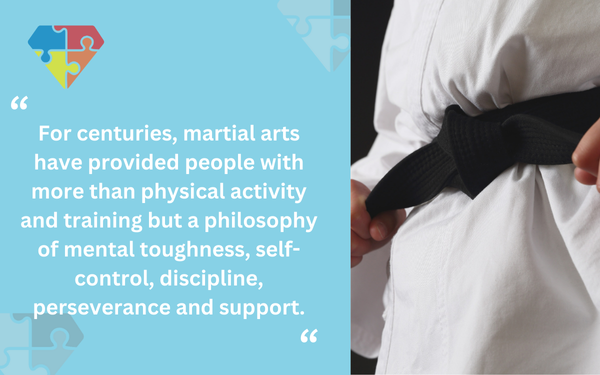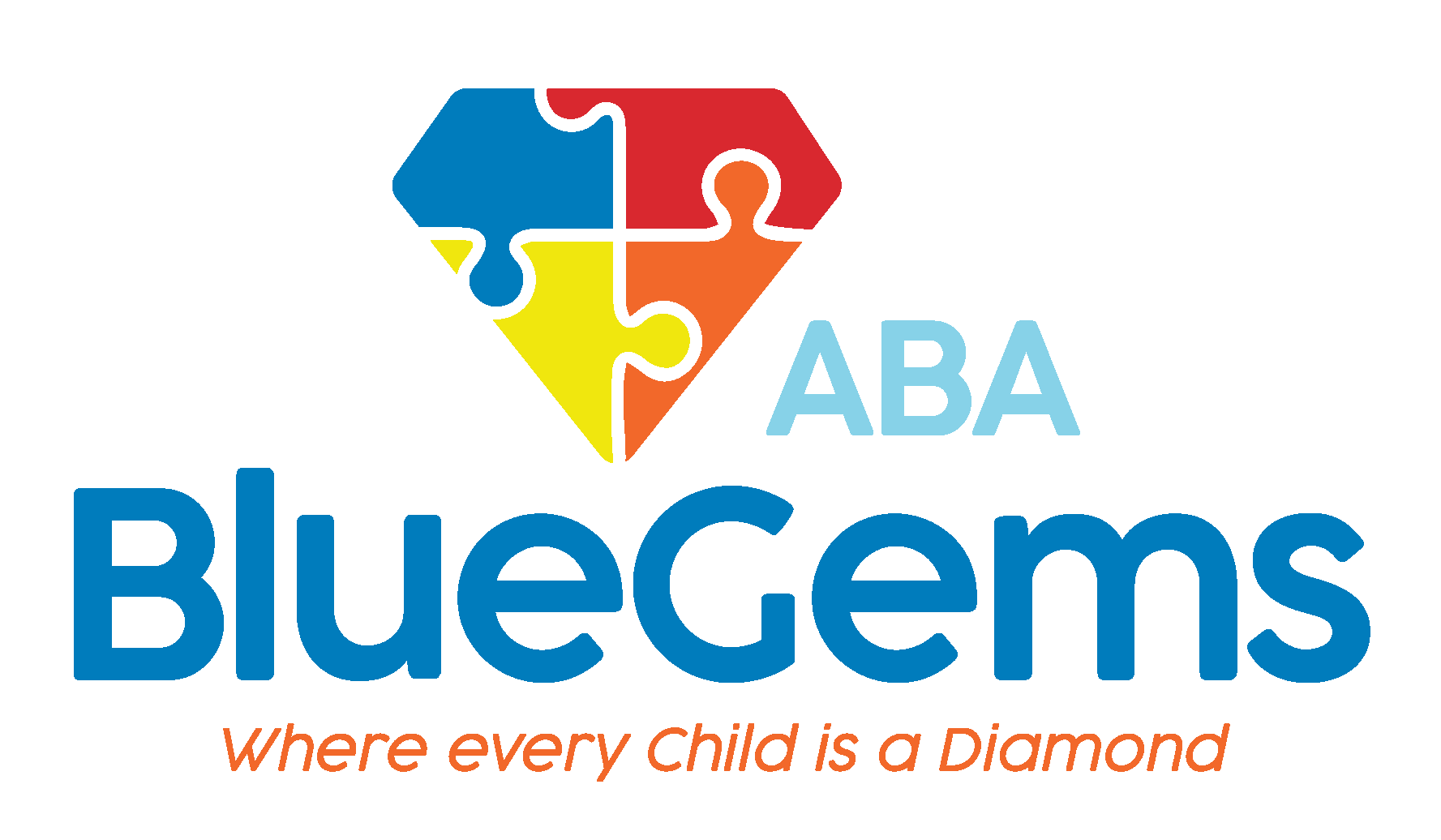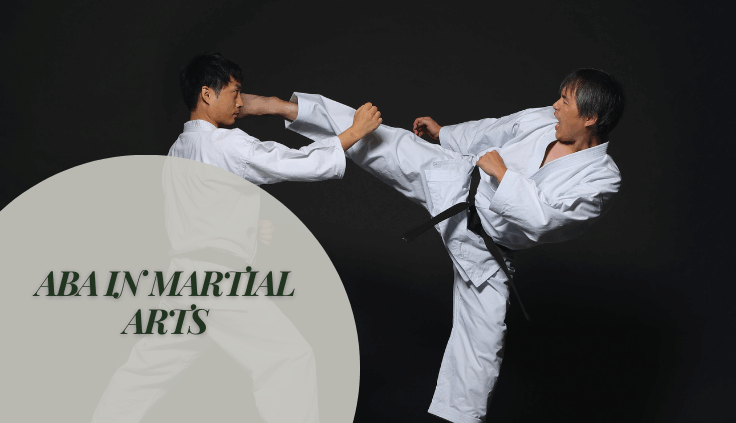ABA in Martial Arts
Children who have autism spectrum disorder (ASD) typically face challenges in their daily lives that their neurotypical peers may not. This can range from deficits with communication and social interaction to sensory sensitivities.
While these challenges are more present in children with autism, there are proven treatment methods that can help them improve their skills, manage their emotions and find replacements for negative and/or harmful behaviors.
Applied behavior analysis, or ABA therapy, is often considered the leading treatment option for children on the autism spectrum. It takes a scientific and structured approach to treatment, relying on core principles and proven strategies to help support children in an individualized way.
Oftentimes, ABA therapy will integrate other therapies and activities into the treatment plan to provide children with different sensory stimulation and exposure to new things. One example is martial arts, which has shown promise in helping children develop social skills, improve coordination and motor skills, and regulate their emotions better.
In this article, we’ll discuss how ABA therapy can be used in martial arts or physical training settings.
Table Of Contents
- Martial arts shares core values with ABA: structure, repetition, and discipline.
- It supports emotional regulation, focus, and physical coordination for children with ASD.
- Martial arts fosters social interaction while maintaining individual accountability.
- Breathing, mindfulness, and self-regulation techniques enhance ABA outcomes.
- Therapists can align martial arts activities with specific ABA therapy goals.
What Are the Similarities Between ABA Therapy and Martial Arts?
There are many similarities between ABA therapy and martial arts from a theoretical standpoint, which is why the two approaches often work well for children with autism.
Just like ABA therapy, martial arts provides children with a structured teaching environment. There is a lot of discipline and self-regulation involved, and much of that comes from the structure and repetitive nature of the activity.
Martial arts are also very systematic. They are based on data and evidence of what works and what doesn’t, and there’s a very rich history that backs that.
For centuries, martial arts have provided people with more than physical activity and training but a philosophy of mental toughness, self-control, discipline, perseverance and support.

Many of these values align perfectly with the foundational principles and concepts of ABA therapy. It provides a structured environment, systematic approaches, evidence-based therapy and positive reinforcement to help children improve skills, regulate emotions and modify behaviors.
Because of this, children who get ABA therapy can also benefit from martial arts training.
| Benefits of Martial Arts for Children with ASD | ABA Goals Supported |
|---|---|
| Provides structure and discipline | Supports self-regulation and emotional control |
| Repetitive, systematic learning environment | Reinforces routines and structured skill-building |
| Improves fine and gross motor skills | Enhances coordination, flexibility, balance |
| Encourages peer interaction | Builds social skills like turn-taking and cooperation |
| Teaches mindfulness and focus | Promotes calm, lowers anxiety, and builds attention span |
| Adaptable to individual goals | Customizable to unique ABA plans and milestones |
How Does Martial Arts Support ABA Therapy Goals?
Martial arts can support a child’s ABA therapy goals in a number of ways.
First, while it is an individual activity for the most part — at least as compared to team sports such as basketball, football and soccer — children who participate with also have plenty of opportunities to interact with their peers as well as instructors.
So, even though they will be accountable to themselves in martial arts, they will also learn cooperation, teamwork and support by doing group activities with some of their peers. This will help them learn skills such as sharing, taking turns, following instructions and more.
Many children with autism struggle with coordination and motor skills, and martial arts can help support those ABA therapy goals. The various movements involved in martial arts — kicking, stances, blocks and punches — all help to improve a child’s fine and gross motor skills.
Martial arts can help children with ASD improve flexibility, spatial awareness and balance — all of which are common ABA therapy goals.
A big aspect of martial arts training is self-regulation and managing one’s emotions. The emphasis on focus, self-control and discipline that martial arts provides can be very valuable to children with autism.
Mindfulness practices, meditation and breathing exercises can all be incorporated into martial arts training, which can help children calm both their bodies and minds, leading to lower levels of impulsivity and anxiety, for example.
ABA therapy teams can identify some of the possible benefits that martial arts training could provide their patients, and then craft a targeted way to integrate that into the therapy plan.
Blue Gems ABA Can Integrate Other Therapies into Treatment Plans
Martial arts can help support ABA therapy goals in many different ways. It’s a practice that can help children with ASD build motor skills, improve social interactions and manage their emotions better, among other things.
At Blue Gems ABA, we always look for ways to integrate other therapies into our patients’ treatment plans, whether that be martial arts training, art therapy or anything else that might work. By catering every treatment plan to the unique strengths, challenges, needs and preferences of each individual, we are better able to support our patients in reaching their ABA therapy goals.
To learn more, please contact us today.
Q: Is martial arts safe for children with ASD?
A: Yes, with proper supervision and guidance, martial arts is a safe, structured activity that can be adapted to each child’s needs and comfort level.
Q: How does martial arts differ from team sports in ABA settings?
A: Martial arts promotes individual accountability while still encouraging social interaction, making it ideal for children who may feel overwhelmed in team sports.
Q: What specific ABA goals can be targeted?
A: Goals include self-regulation, following directions, reducing impulsivity, improving motor skills, and increasing peer interaction.
Q: Do instructors need ABA training?
A: While not required, collaboration between instructors and ABA therapists ensures activities align with therapy goals.




